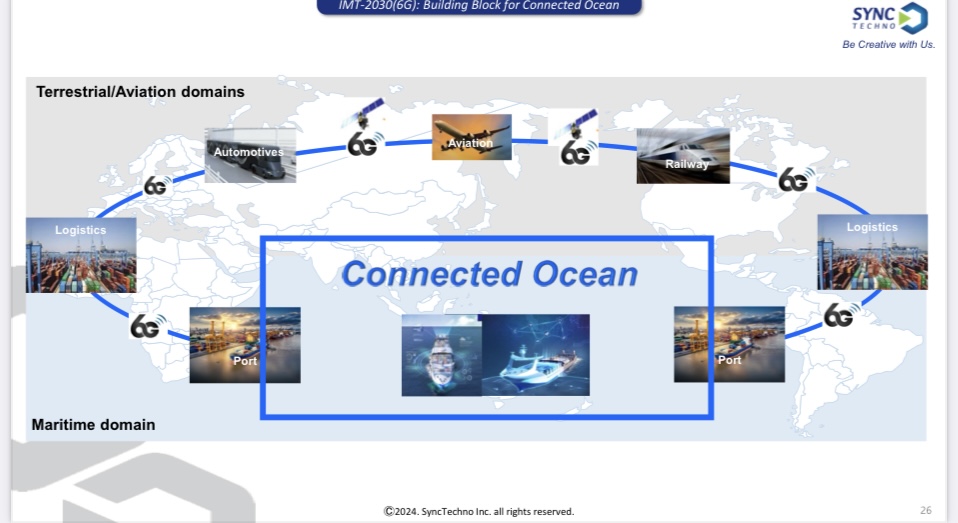
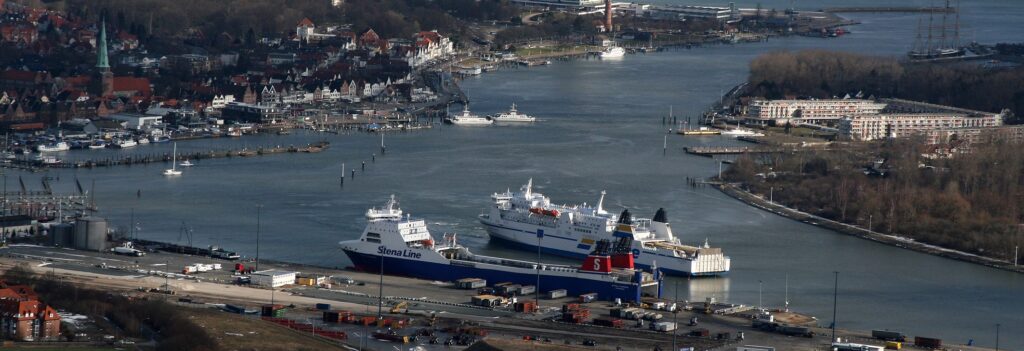
Monday, 1 September – Friday, 5 September 2025
Registration is available through this link.
The International Organization for Marine Aids to Navigation (IALA), in association with the Federal Waterways and shipping Agency (WSV), Germany, is hosting a workshop on International Mobile Telecommunication (IMT) for Marine AtoNs, to be held from 1st to 5th September 2025.
The Workshop will take place at the Federal Waterways Engineering and Research Institute (Bundesanstalt für Wasserbau – BAW)Kußmaulstraße 17, 76187 Karlsruhe, www.baw.de.

BACKGROUND
The International Mobile Telecommunication (IMT) family comprises globally standardized mobile communication systems developed under the framework of the International Telecommunication Union (ITU). Since 2000, the IMT family has revolutionized connectivity through successive generations of mobile network standards, including 3G, 4G, and “IMT-2020 and beyond” (5G). Looking ahead, the next milestone—“IMT for 2030 and beyond” (6G)—promises groundbreaking capabilities, such as ultra-high data rates, unprecedented low latency, integrated positioning, unprecedented machine-to-machine-type capabilities, advanced security, energy efficiency, and seamless integration of satellite and terrestrial networks.
In the maritime domain, the IMT family underpins essential advancements, including general connectivity at sea, autonomous shipping, smart navigation, and maritime IoT applications. Its innovations continue to drive operational efficiency, enhance safety, and support the industry’s transition toward a digital future.
IALA members are encouraged to leverage the IMT family’s potential to modernize AtoN operations, including VTS, and address emerging challenges. The latest IMO MSC decisions emphasize the importance of providing global IP-based connectivity to fully realize the capabilities of the S-100 ECDIS framework, including the implementation of “Maritime Services in the context of e-Navigation.”
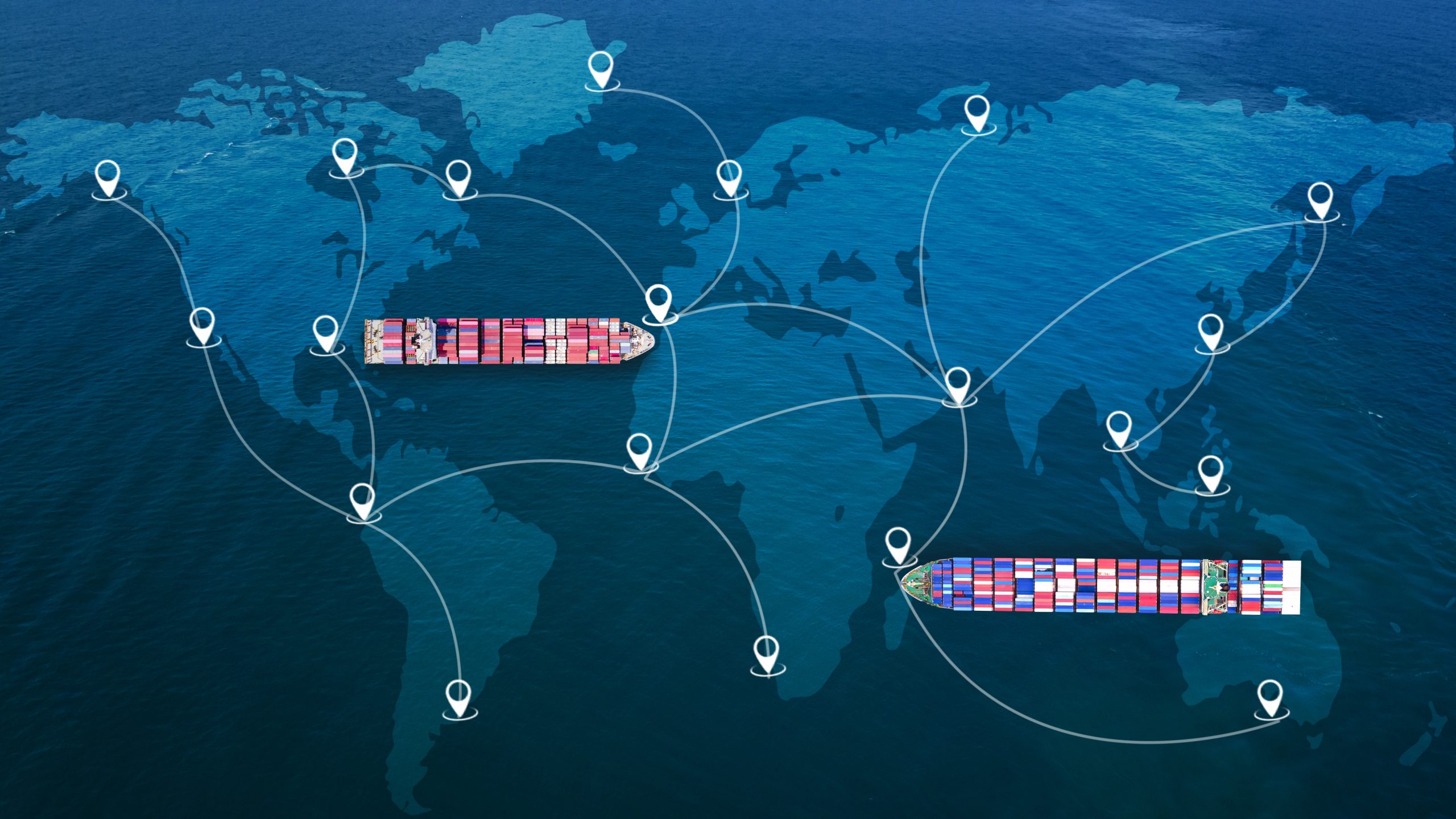
OBJECTIVE
This workshop contributes to these goals by focusing on the following key objectives:
- Navigation the future of IMT Technologies
Explore advancements in the IMT family, particularly current technologies (4G and 5G) and the upcoming “IMT-2030 and beyond” (6G). - Adapting IMT Features for Marine AtoNs
Identify and evaluate adaptable features of IMT technologies for application in the marine aids to navigation (AtoN) domain, including VTS. - Addressing Challenges in Maritime IMT Integration
Examine technical, regulatory, and operational challenges in applying IMT technologies to the marine AtoN domain, including VTS. - Defining IALA’s Strategic Role in the IMT Ecosystem
Discuss IALA’s ongoing role in the adoption and integration of the IMT family within the marine AtoN context.
This workshop will serve as a forum for discussion, knowledge-sharing, and the development of IALA’s position and documentation on the application of IMT technologies. Invitations are extended to IALA members, maritime organizations (IMO, ITU, IHO, IEC, CIRM, RTCM), WWA target countries, and inland waterway organizations such as PIANC, IEHG, and regional European inland waterway networks.
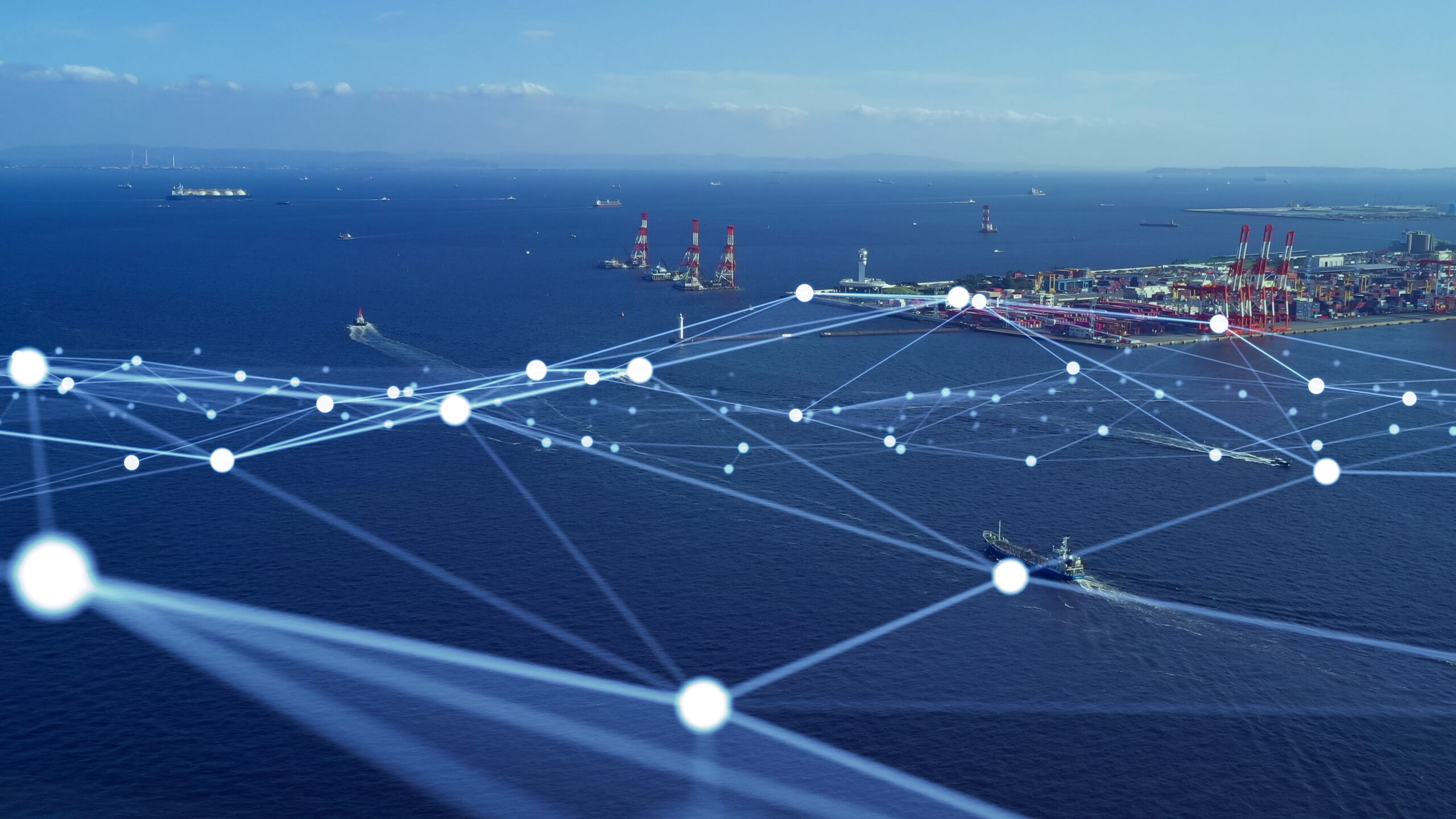
PROCESS
The Workshop over one week will benefit from a series of presen-tations on all aspects of IMT family relevant for the IALA remit.
The workshop will put together a draft information paper on applications of the present and future capabilities of the IMT family for Marine AtoN, including VTS, to bring these developments to the attention of a wider IALA and WWA audience. The insights and knowledge gained will be incorporated into future IALA standards, recommendations and guidelines.
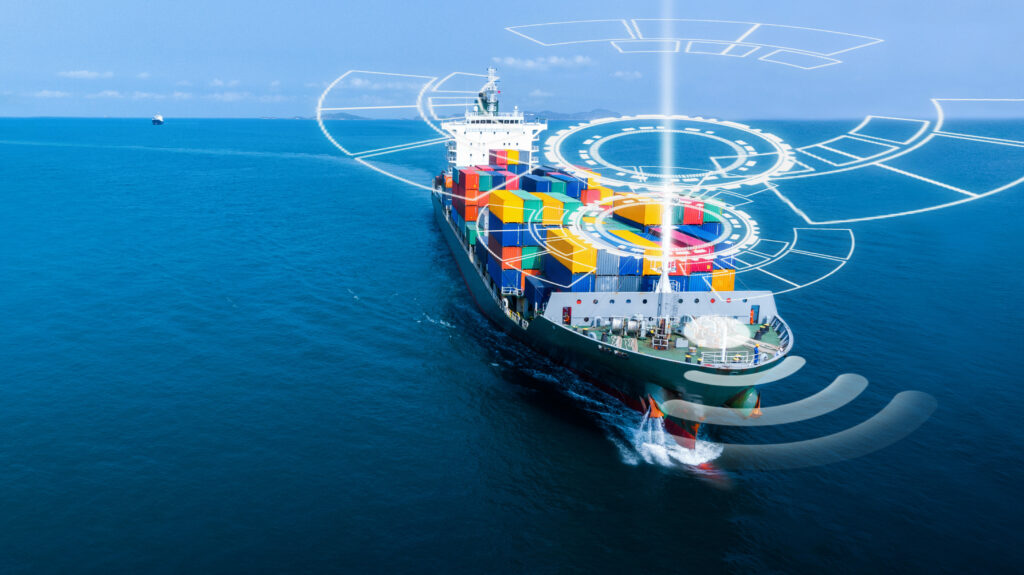
ATTENDEES
This workshop is open to:
- IALA Member States
- IALA Associate Members
- IALA Affiliate Members
- Other stakeholders, such as representatives from IMO, ITU, IHO, IEC, CIRM, RTCM
- Inland waterway organisations and participants from the European inland waterway domain.

PROVISIONAL PROGRAMME
DAY 1 – Monday 1 September 2025 (09:30 – 17:30)
Registration 08:30 – 09:30
Opening session with keynote speeches
Introduction to the IMT family
Welcome reception (18:00 – 20:00)
DAY 2 – Tuesday 2 September 2025 (09:00 – 17:30)
Topics include:
- Technological aspects
- Standardization and regulatory perspectives
- Outlook on “IMT 2030 and beyond” aka 6G
- Introducing the expected outputs of the workshop
Technical tour – Simulation of the Rhine River for waterway engineering planning (18:00 – 20:00)
DAY 3 – Wednesday 3 September 2025 (09:00 – 17:30)
Thematic working groups contributing to a draft IALA information paper on application of IMT family to Marine AtoN, including VTS
Technical tour – demonstration of a ship handling simulator for an inland waterway vessel (18:00 – 20:00)
DAY 4 – Thursday 4 September 2025 (09:00 – 13:00)
Thematic working groups continue
Cultural tour with Workshop Dinner (14:00 – 21:00,ca)
DAY 5 – Friday 5 September 2025 (09:00 – 13:00)
Working group reports
Conclusions
Closing Session
Technical programme overview is available:
CITY AND TRANSPORTATION
Karlsruhe is a major city in the German state of Baden-Württemberg, situated along the river Rhine in the upper Rhine valley at the cross-roads between Germany, France, and Switzerland. It thus not only has a mild climate all year long, but also boasts a rich public cultural life with a specific regional flavor. Karlsruhe is the seat of several important German federal institutions. It is a thriving university city with a special focus on digital technologies and their applications, including the visual digital arts: The baroque palace in the city center each year serves as a huge canvas for a renowned digital arts light festival after sunset each evening during the workshop week free of charge (www.schlosslichtspiele.info).
Karlsruhe can be reached from a number of international airports easily, namely from Frankfurt International (FRA), Stuttgart International (STR), Strassbourg International (SXB), and by high-speed trains from anywhere in Germany (compare Deutsche Bahn for further information; www.bahn.de). There is also a direct connection from Paris as the first German stop on the Paris-Berlin high-speed train line. Train arrival/departure to/from Karlsruhe is strongly advised.
While using a private/rental car is possible, of course, it is discouraged due to the city center pedestrian priority rules and parking lot situation, however. When in Karlsruhe, it is therefore also strongly advised that local public transportation (subway, tram) is used to move from e.g. main station to hotel and from hotel to the venue; everything at reasonable prices. Also, the city center is compact and lends itself for foot walks in the different pedestrian and shopping areas, and also in the gardens surrounding the palace which are particularly popular during summer time.
The venue of the workshop at BAW has a good tram/subway line connection, which also provides direct access from a variety of hotels, as indicated on the map below.
Compare KVV at www.kvv.de/en/index.html.
With a day ticket for 2 zones all public transportation in Karlsruhe can be used all day long; there are reductions available for holders of BahnCard (Deutsche Bahn); D’Ticket holders travel for free.
Ticket information is available at: https://www.kvv.de/en/tickets.html
Online route option planner is available at: https://www.kvv.de/en/plan-trip/journey-planner.html
Public transportation grid plan is available at: https://www.kvv.de/fileadmin/user_upload/kvv/Dateien/Fahrplaene_Netzplaene/Bus/KVV-Liniennetzplan_Bus-und-Schiene-Karlsruhe.pdf
LIST OF HOTELS
